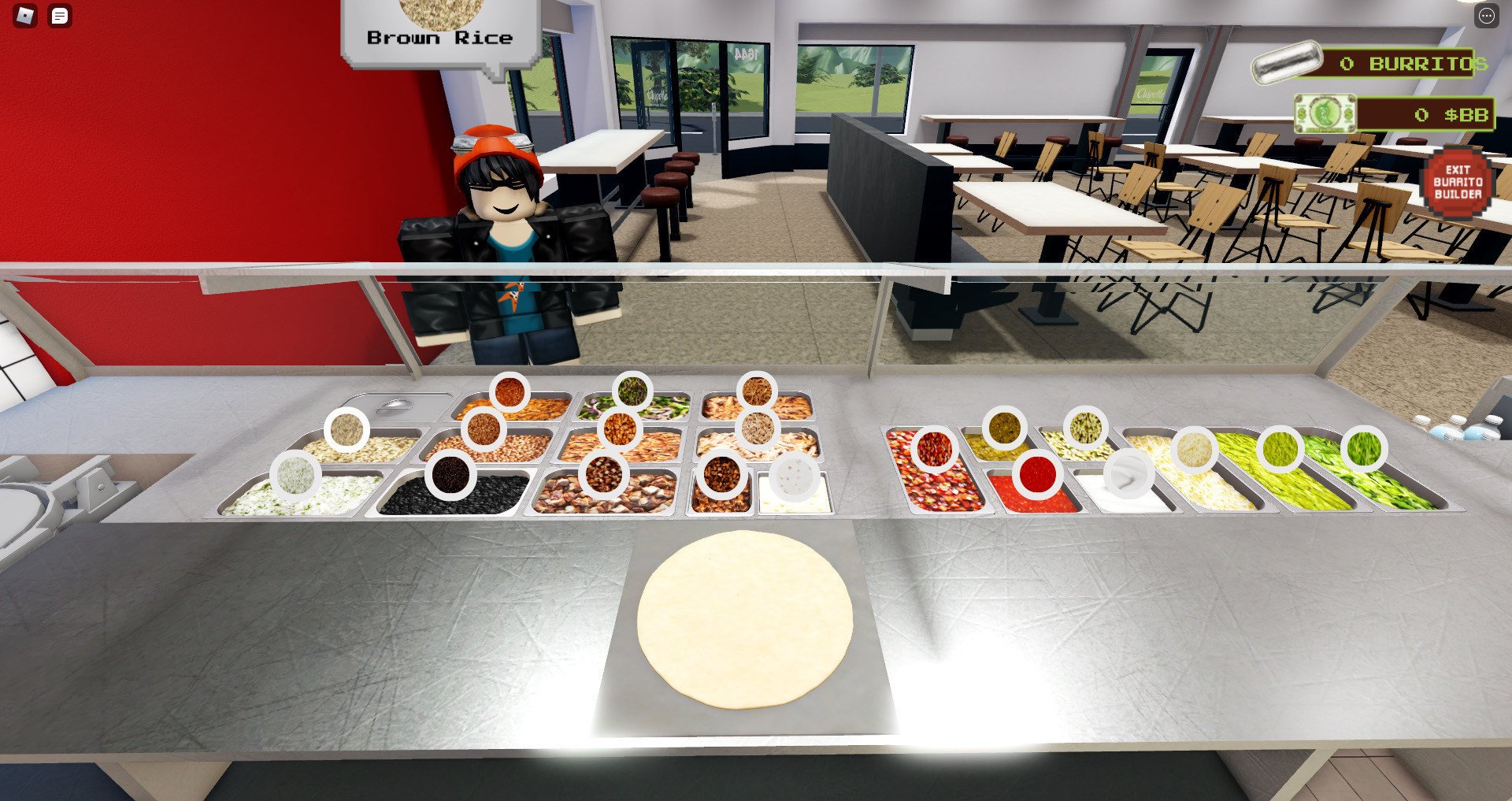Searching your brand’s name on social media is a little like a game of telephone: you never know if you’re going to get the right message.
Social listening makes sure the message stays clear. If you make it a part of your overall brand strategy, it will help you consider the context around your content and understand your audience better, then you can use those insights to make your marketing more successful in the future.
That doesn’t just mean reacting to the conversations your customers are having across different social platforms. Real social listening goes deeper than that; by paying attention to the people you’re trying to reach online, you can build a stronger relationship with your audience and create more relatable content.
Once you’ve observed your audience online, you can turn those insights into opportunities to appeal to your high-value customers with special edition products, targeted messaging, or even curated experiences that respond to their needs.
Let’s break down what you need to know to take your social listening to the next level.
Truly customer-centric brands have social listening strategies in place
There are now more ways to consume content than there are hours in the day, so trying to capture (and keep) your audience’s attention can seem impossible. By taking the time to understand who you’re trying to connect with, you can tailor your content and messaging to your audience’s preferences and habits.
Unlike focus groups or surveys, which often take a lot of time and money to put together, social listening gives you real-time insights into and context around how people view your brand and the conversations happening around your products or services so you can build the right content in response.
Social listening can also help you identify the most vocal champions of your brand. Many consumers value authenticity from the brands they choose to do business with, and what’s more authentic than taking feedback from your most vocal supporters–or opponents?
Social listening gives you real-time insights into how people view your brand and the conversations happening around your products or services.
Any brand that considers itself customer-centric has to have a social listening strategy in place. But before you go all in, you need to make sure you’re using social listening to your advantage. Whether you’re implementing social listening for the first time or looking to improve your strategy, you should keep the following in mind:
- Find the right tool: Not all social listening technology or methods are created equal. Take into account what you’re trying to accomplish and the data you’re trying to analyze so that you can get the best results possible for your brand.
- Sift through the noise: A big part of the social listening experience is being bombarded by customer service complaints. Although you need to pay attention to customer issues, it’s far too easy to slip into a customer-service-reply-machine mindset and ignore the real aim of social listening: to get to know your audience on a personal level.
- Don’t be a people pleaser: What your mom told you in middle school applies to brands too–not everyone is going to like you. Don’t make your brand too malleable in an effort to please all your customers; that’s a recipe for failure. You can’t market to everyone, and you can’t give every individual customer what they want. You also need to stay true to your brand values and overall strategy. Trying to be everything to everyone will only exhaust your resources AND frustrate your customers.
Social media isn’t just a way to communicate with your audience
For brands with limited resources, getting executive buy-in to prioritize social listening over other efforts might be difficult since it’s often viewed as a project that requires a high level of effort without a quick return. But that’s an oversimplification: social listening can generate some short-term wins by being proactive versus reactive.
Humans are social by nature and, as University of Michigan’s Marcus Collins pointed out, “we seek out other people who subscribe to the same identity.” This isn’t just true for people, it’s also true for brands. To really engage with customers and create a loyal community, your brand needs to reflect your audiences’ values and personality.
That’s why social is a great way to connect with your audience. But it’s not enough to just react to what people are talking about on social–to strengthen your brand and its relationship with your consumers, you need to be proactive by finding and creating your own moments.
One great example of this approach is Chipotle’s work with Roblox.
When the Chipotle team was looking for new ways to interact with their audience, they wanted to give the popular game Roblox a try. They used social listening to research the game and found that their community was already there and creating in-game Chipotle-related content.

Source: Chipotle
Since they knew Roblox was something their customers loved, it was no surprise that Chipotle’s first Roblox activation in October 2021, a virtual Boorito Maze where players could earn coupons and dress their avatars in brand-themed costumes, was a big hit
In April 2022, the brand launched a second activation: a Burrito Builder that featured a Roblox version of its original Denver location. All of the activations combined had an average of 14 minutes of playtime, longer than most customers spend ordering their food at physical locations.

Source: Chipotle
Chipotle didn’t wait around for a viral moment to happen. Instead, their team proactively created an experience they knew their consumers would enjoy. By listening to customers, you can curate experiences and find cultural zeitgeist moments that make the most sense for your brand (and your audience), then plug right in.
If you’re not sure where to start, remember that communication is key. Stay consistent with your activity across your organic social channels and actively engage with your audience via comments and DMs.
It’s okay to respond to what you see your audience talking about online, but your strategy shouldn’t only be reactive. If you’re only addressing trendy topics or social matters on a one-off basis, you’ll never truly be a part of the conversation. The same thing goes for only responding or engaging with positive or unproblematic comments (or reacting poorly to constructive criticism/negative comments).
A truly successful social listening strategy requires actively engaging with and listening to your community of customers. Respond to their thoughts, positive or negative, and look for insights that will help your team think creatively about how to create experiences your audience will enjoy.







Responses